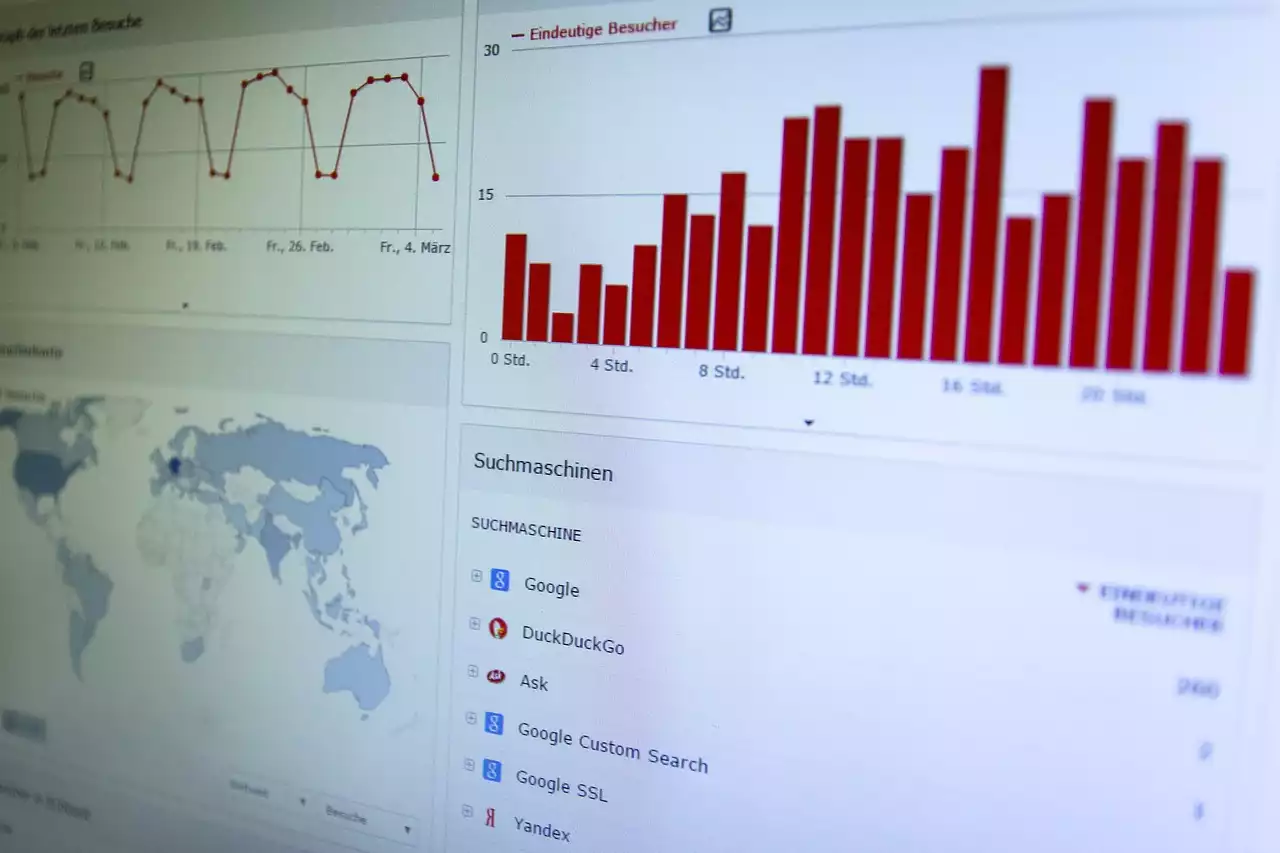Understanding A/B testing
A/B testing, also known as split testing, is a technique that involves comparing two versions of a page or email to determine which version performs better. It's often used to optimize conversion rates, such as increasing the number of sign-ups or purchases on a website. A/B testing involves randomly assigning visitors or recipients to one of two groups: a control group and a test group. The control group sees the original version of the page or email, while the test group sees a modified version. By comparing the performance of the two groups, businesses can identify which version is more effective and make data-driven decisions.
Why A/B testing is important
A/B testing is important because it allows businesses to make data-driven decisions and optimize their digital marketing efforts. By testing different versions of a page or email, businesses can identify which elements are most effective at driving conversions. This can lead to higher conversion rates, increased revenue, and a better return on investment (ROI). A/B testing is also important because it helps businesses avoid making assumptions about what their customers want. Instead of relying on guesswork or intuition, businesses can use data to make informed decisions about their digital marketing strategies.
What is A/B Testing? | Data Science in Minutes
Common mistakes in A/B testing
Although A/B testing can be a powerful tool, there are several common mistakes that businesses should avoid. One mistake is not testing enough variables. If businesses only test one variable at a time, they may miss out on opportunities to optimize multiple elements of a page or email. Another mistake is not gathering enough data. A/B testing requires a statistically significant sample size to ensure that the results are accurate. If businesses don't gather enough data, their results may be skewed or unreliable. Finally, businesses should avoid making changes based on inconclusive results. If the results of an A/B test are inconclusive, it's important to continue testing until a clear winner emerges.
Best practices for A/B testing
To run successful A/B tests, it's important to follow best practices. Here are 10 techniques that can help you get the most out of your A/B testing efforts:
Identify your goal
Before you begin A/B testing, it's important to identify your goal. What do you want to achieve with your testing? Do you want to increase sign-ups, purchases, or engagement? Once you've identified your goal, you can create hypotheses and test different versions of your page or email to achieve that goal.
Establish a control group
It's important to establish a control group when running A/B tests. The control group should be a randomly selected group of visitors or recipients who see the original version of your page or email. This allows you to compare the performance of the test group to that of the control group and determine which version is more effective.
Keep it simple
When testing different versions of a page or email, it's important to keep it simple. Test one variable at a time to ensure that you're accurately measuring the impact of each change. If you test multiple variables at once, it may be difficult to determine which variable is driving the results.
Test one variable at a time
As mentioned, it's important to test one variable at a time. This allows you to accurately measure the impact of each change and avoid confounding variables. Some variables you may want to test include headlines, calls-to-action, images, and colors.
Gather enough data
To ensure that your results are accurate, it's important to gather enough data. A/B testing requires a statistically significant sample size, which varies depending on the size of your audience and the level of confidence you want to achieve. Generally, the larger your sample size, the more confident you can be in your results.
Analyze and iterate
After running an A/B test, it's important to analyze your results and iterate based on what you've learned. If one version performs significantly better than the other, you may want to implement that change permanently. If the results are inconclusive, you may want to continue testing or try a different approach.
Test on different segments
Testing on different segments can help you get more accurate results. For example, if you're testing a new feature on your website, you may want to test it on different segments of your audience, such as new visitors versus returning visitors. This can help you determine if the feature is more effective for one group over another.
Use a testing tool
Using a testing tool can make A/B testing easier and more efficient. There are many tools available, such as Google Optimize, Optimizely, and VWO. These tools allow you to create and run A/B tests, track your results, and analyze your data.
Document your results
Documenting your results can help you keep track of what you've learned and avoid making the same mistakes in the future. By documenting your results, you can also share your findings with your team and use them to inform future digital marketing strategies.
Keep testing
Finally, it's important to keep testing. A/B testing is an ongoing process, and there's always room for improvement. By continually testing and iterating, you can optimize your digital marketing efforts and achieve better results over time.










